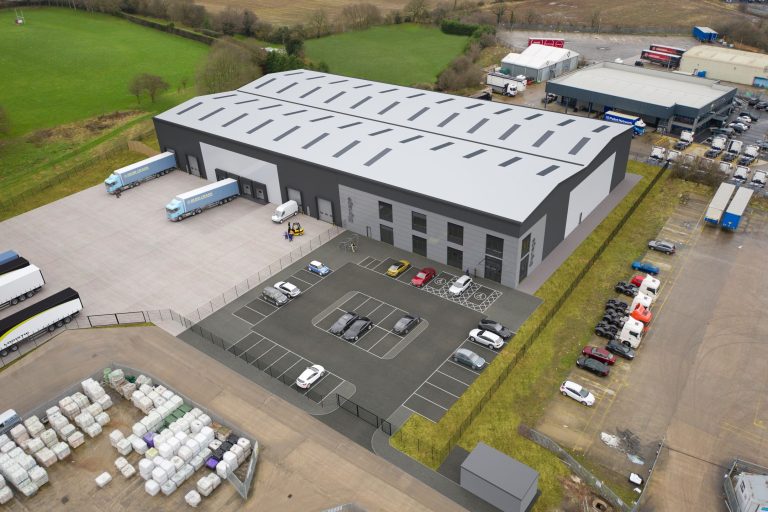When it comes to health and safety hazards in the workplace, the construction industry is right up there. Whether building a brand-new development or renovating an existing property, construction is a challenging but rewarding sector to work across. However, no matter the project’s size, you should always take every suitable measure possible to ensure paramount health and safety. The consequences of failing health and safety can be severe, with the potential of serious injury or death and punishments such as heavy fines and imprisonment. In this article, we will talk a bit about why effective health and safety practices are of utmost importance for construction companies. In particular, we will explain how safety correlates with the use of lifting equipment, including how this is enforced via the LOLER regulations. Why Is Safety an Important Issue in Construction? First and foremost, it should be clear why health and safety is a vitally important issue, and this is the case in any working environment – not just construction. The number one priority is to keep everyone within the area safe, from employees to site visitors and the general public. The immediate concern that arises from safety failings is the potential impact that it can have on a person’s health. Hazards and dangerous or negligent actions can cause serious injury. These injuries can significantly impact a person’s life, whether in the short-term or the long-term. Injuries may cause long lasting damage that affects capability as well as physical pain, emotional trauma, and financial stress, especially if the victim is unable to work. In the most serious of cases, accidents can lead to the loss of a life, a repercussion that no one wants to have hanging over their shoulder. An accident is exactly that, it is an accident and not a purposeful intent to harm another person. However, that is no excuse. The UK operates a Health and Safety at Work Act which defines responsibility and regulation for keeping people safe in a working environment. If a company or individual fails to follow health and safety regulations, then their actions may be deemed to be negligent or reckless, even if there is no malicious or intent. In the construction industry, this is even more important. Out of any sector, working in construction is considered to be one of the most dangerous. There are several factors that influence construction hazards, including heavy materials, complex equipment and environmental dangers such as asbestos. When working on a construction project, steps should be taken to safeguard people against any potential hazard that they may encounter. Below are the steps that construction companies should take to safeguard everyone against potential safety hazards in a worksite or project: Create A Safety Policy An important step to ascertain the safety of workers in the construction site is to keep them well-informed about the safety protocols they need to follow. For example, handling heavy machinery should only be the job of a highly trained operator. Other workers shouldn’t get involved in the operation of any equipment they were not trained to handle. Creating a safety policy and standard operating procedure keeps everyone in the same page. It avoids legal issues arising from untoward accidents due to equipment mishandling. Invest In Good Quality Safety Supplies And Equipment One of the crucial steps for construction company owners to take is to invest in high-quality safety equipment. When it comes to safety measures, construction companies must use the proper safety supplies and equipment. Using poor quality safety supplies can compromise workers’ health and lives. Hence, it’s important to only invest in high-quality construction safety supplies and equipment. Construction workers need to wear the proper safety gear, such as good quality boots, and use the appropriate lighting, ladder size, and other safety devices and supplies necessary to complete a project. There are many dealers and distributors of safety supplies, tools, machines, and equipment in the market today, such as safetysourcellc.com and other online and offline channels. Do You Know What LOLER Is? For the scope of this article, we would like to focus on one area in particular: heavy lifting. For most construction jobs, you will usually require the use of specialist equipment to aid in lifting tasks. However, lifting equipment itself can pose a danger to employees and people within the area. Accidents can occur as a result of failing equipment or improper use, such as people being crushed or having their body trapped in a machine. This is where LOLER is extremely important. The Lifting Operations and Lifting Equipment Regulations (LOLER) were introduced to the Health and Safety at Work Act in 1998 to combat the amount of workplace accidents and the seriousness of injuries. The regulations are applicable where lifting equipment is used in a working environment and covers a wide range of equipment such as cranes, ropes, hooks and forklift trucks. The ultimate aim of the regulations are to make sure that equipment is safe to use and is being used correctly. LOLER makes clear where responsibility lies when it comes to using lifting equipment and carrying out lifting operations in a safe way. The rules state that lifting equipment should be used by trained and competent personnel, and that operations should be planned and supervised in detail. The equipment itself should be strong and stable and up to the required standards. There should be clear and accurate markings on the equipment that show the safe working loads. If equipment works correctly and is used in a safe manner, then the chances of an accident occurring is significantly reduced. If companies and their employees don’t follow LOLER to the letter of the law, then they may face serious consequences, especially if someone is injured or dies. Previous punishments have included heavy fines, suspension from owning or managing a company, and even imprisonment. A significant element of LOLER is the requirement of frequent testing and inspections. It is this element in particular that ensures equipment is up to standard and is












